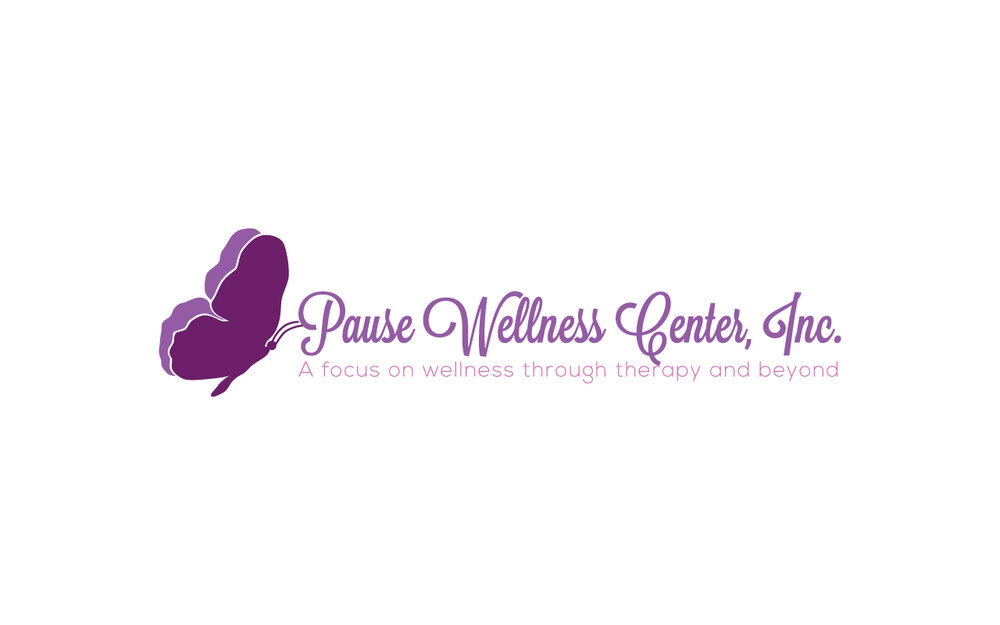Mindfulness has greatly increased in popularity within therapy offices, schools, and households in recent years. We hear the phrase “be mindful” in a variety of settings and situations more than ever before. Why has this concept garnered so much attention and support in recent years?
In the simplest terms, mindfulness is being fully aware of the present moment, both what’s occurring externally as well as internally. Regular mindfulness practice has been shown to result in countless benefits. These include stress reduction, increased self-awareness, better sleep, improved focus and working memory, and decreased emotional reactivity (Davis & Hayes, 2012; National Institutes of Health, 2021). Mindfulness-based treatment approaches have shown effectiveness in reducing anxiety and depression symptoms and helping those who have had multiple depressive episodes prevent successive episodes (Mental Health Foundation, 2023). Many therapists are integrating mindfulness practices into their sessions with their clients, whether through a formal treatment framework like DBT or through isolated mindfulness-based exercises.
Building basic mindfulness skills does not require extensive time and effort. Though some people choose to cultivate mindfulness through more dedicated practices like yoga and meditation, it is not required. A staple of mindfulness is being able to notice when your thoughts have wandered away from the present moment—perhaps you are ruminating on the past or worrying about something that may happen in the future—and bringing your attention back into what’s happening now. How can you begin to do this? Try starting with one of these simple exercises:
5-4-3-2-1 exercise:
Pay attention to your 5 senses by pausing and identifying the following:
5 things you can see
4 things you can feel
3 things you can touch
2 things you can smell
1 thing you can taste
Body Scan:
Bring attention to your feet and make note of any sensations you can feel there. Sensations may include temperature, pain, feeling the bottom of your shoe, tingling—anything! Work your way up your body making note of sensations in each body part.
Mindful breathing:
Take a break from whatever task you are doing, even if it’s just for one minute! Keep your attention on your breath as you inhale and exhale. Some people find it helpful to count while they do this and standardize the length of each inhale and exhale. There are many apps that help you do just that; often there is a shape on the screen that grows on the inhale and shrinks on the exhale, so all you do have to do is follow it!
Meditation
Like mindfulness, meditation has also gained attention in recent years. Put simply, meditation is a method of cultivating mindfulness. Though it is often associated with Buddhism, it can always be a secular practice. A common misconception is that when someone meditates, they are supposed to aim to get rid of all their thoughts. This can be a daunting task, as it’s virtually impossible to not have a single thought for any length of time. There are many different types of meditation, though none of them specifically ask practitioners to banish all thought processes.
One of the most common forms of meditation asks the individual to sit quietly and pay attention to their breath, like the mindful breathing exercise above. When thoughts arise, the individual makes note of the thought and then brings their attention back to the breath. Noticing a thought means acknowledging it without pushing it away, but also not engaging further in the thought and losing focus of the breath. Getting off track and running with a thought is inevitable sometimes, and that’s ok. The most important part is that the individual brings their attention back to the breath when they realize they’ve gotten off track. Acceptance and non-judgment of thoughts are two of the most important qualities practitioners strive to maintain throughout meditation. The more one practices meditation, the more these qualities grow within one’s day to day life.
Studies have been conducted exploring the impact of meditation on health care professionals and the clients they serve. There is evidence to support that health care professionals who practice meditation regularly develop increased empathy and compassion, and they report a higher quality of life than those who do not (Davis & Hayes, 2012). Meditation benefits mirror those of general mindfulness practices. Practitioners may experience decreases in blood pressure, improvement in insomnia symptoms, reduction in chronic pain, as well as overall improvement in emotional health and stress reduction (Thorpe & Ajmera, 2023).
Mindfulness and Meditation at PWC:
At Pause Wellness Center, many of our therapists integrate mindfulness techniques into their sessions with clients, and some of our staff members practice meditation themselves. If you’re already an established client, you may consider adding a meditation practice at home to support the work you’re putting in with your therapist. Interested in learning more about our therapists and how mindfulness may help you? Email us at info@pausewellnesscenter.com to connect with a staff member who can answer your questions.
References:
Davis, D. M. & Hayes, J. A. (2012, July/ August). What are the benefits of mindfulness. American Psychological Association. https://www.apa.org/monitor/2012/07-08/ce-corner
Mental Health Foundation. (2021, August 13). Mindfulness. https://www.mentalhealth.org.uk/explore-mental-health/a-z-topics/mindfulness
National Institutes of Health. (2021, June). Mindfulness for your health: the benefits of living moment by moment. NIH News in Health. https://newsinhealth.nih.gov/2021/06/mindfulness-your-health
Thorpe, M. & Ajmera, R. (2023, May 11). 12 science-based benefits of meditation. Healthline. https://www.healthline.com/nutrition/12-benefits-of-meditation
